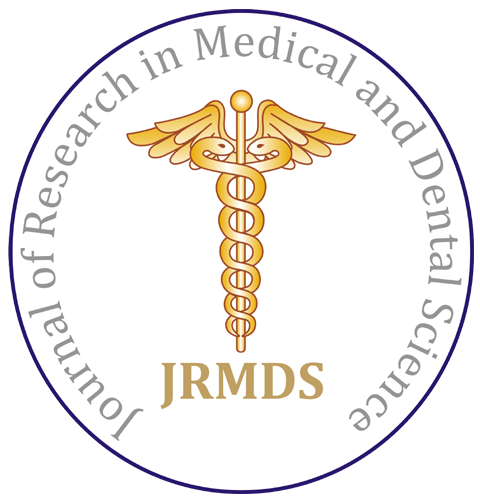Pulmonary Embolism: Complication of COVID-19
Author(s): Shalini Singh*, Swarupa Chakole and Guddi Leishram
Abstract
In COVID-19 patients, Pulmonary Embolism is one of the most dreaded complication causing prolonged hospitalisation and death, in which people who are infected are at high risk of thromboembolic events (DVT, PE, cerebrovascular accidents i.e. stroke). These events are related to the thrombo-inflammatory state within the pulmonary vessels, which is provoked by the infection, but some other risk factors like decreased movements, long term immobility and shock (as in case of dehydration or sepsis) also play an important role in disease progression. Increase in level of D-dimer (end product of fibrin degradation) which is a marker reflecting the activation of haemostatic and fibrinolytic system, and clinically presents as thrombocytopenia. Late presentation shows altered coagulation profile of patients including prolonged prothrombin time fibrinogens are also increased. Progression of disease can be monitored by testing various laboratory variables like d-dimer and fibrinogens. Radiological investigations include CTPA (more invasive); V/Q scan helps in diagnosis of the disease. Parenteral anticoagulants like heparin and LMWH are widely used in management of patients suffering from COVID-19. Patients with mild symptoms can now be treated in the outpatient setting and patient with more severe disease can be treated successfully with newly developed modalities, such as catheter-induced thrombolysis which is becoming available at various centres. IVC filters are used nowadays along with anticoagulation therapy. It benefits patients who are at more risk of pulmonary embolism during interventional therapy. Coagulopathy has got poor prognosis, hence various plan of action should be started for prior recognition of disease so that pulmonary embolism should be treated with various required treatment strategies.
